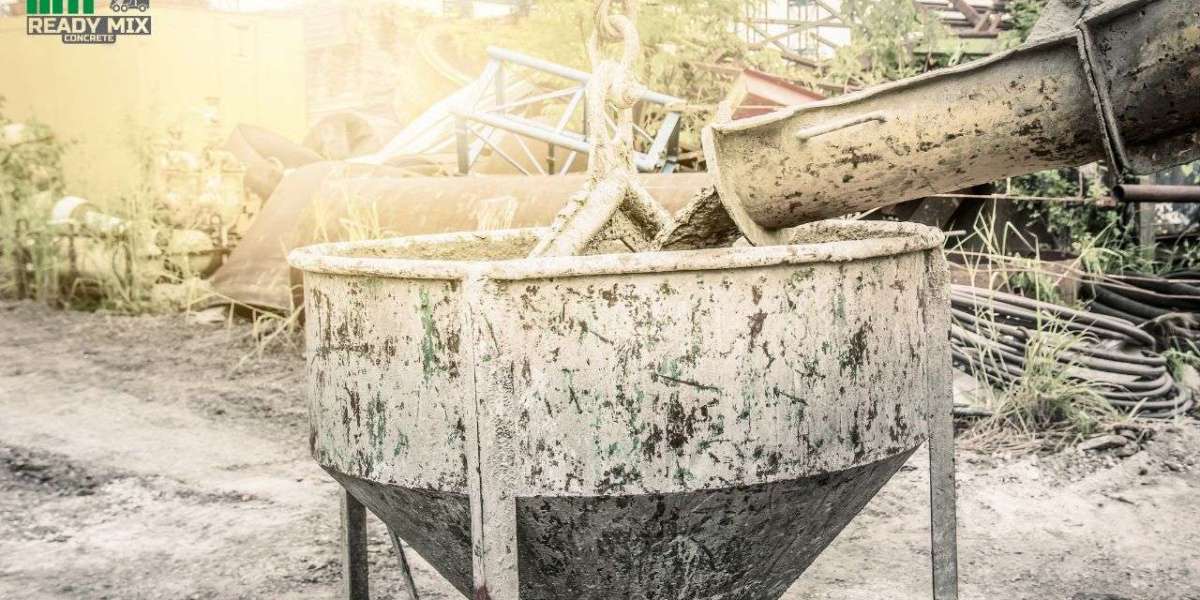The construction landscape in Bangladesh has changed dramatically over the past few decades, with ready mix concrete (RMC) playing a pivotal role in this transformation. The demand for high-quality, efficient, and consistent building materials has driven the growth of the RMC industry in the country. This article explores the evolution of ready mix concrete in Bangladesh and provides key insights into how this sector has developed over time.
Early Adoption and Initial Challenges
The introduction of ready mix concrete in Bangladesh occurred in the early 2000s. Before this, the traditional method of mixing concrete on-site was widely used. However, on-site mixing often led to inconsistencies in quality and required more labor and time, which made large-scale infrastructure projects difficult to execute efficiently. The initial adoption of ready mix concrete was slow, primarily due to a lack of awareness and the cost of establishing RMC plants.
One of the early challenges faced by the industry was logistics. Delivering fresh concrete to construction sites in urban centers like Dhaka and Chittagong required overcoming traffic congestion and poor road conditions. Additionally, the lack of technical expertise in operating the necessary equipment slowed the industry’s growth.
Growth and Expansion in the 2010s
By the mid-2010s, the RMC industry began to see significant growth. Rapid urbanization and the expansion of infrastructure projects, including bridges, roads, and high-rise buildings, fueled the demand for consistent, high-quality concrete. The government’s focus on improving national infrastructure, combined with private sector investment, played a crucial role in this expansion.
During this period, major players like Shah Cement, Mir Ready Mix, and Supercrete entered the market, establishing state-of-the-art batching plants across the country. These companies introduced modern production techniques, automated batching systems, and strict quality control measures, helping to ensure the reliability of RMC.
Technological Advancements and Industry Innovations
Technological advancements have been a major driver of the ready mix concrete industry’s evolution in Bangladesh. Modern batching plants now employ computerized systems that allow for precision in mixing and batching, ensuring consistency in concrete quality. This has been especially important for projects requiring high-strength and specialized concrete mixes, such as bridges, commercial complexes, and industrial structures.
One of the key innovations in the RMC industry has been the introduction of eco-friendly practices Leading companies are now focusing on reducing the carbon footprint of their production processes by recycling water, using alternative materials like fly ash, and minimizing energy consumption. These practices align with the global trend toward more sustainable construction, positioning the RMC industry in Bangladesh as a key player in green building initiatives.
Current Market Trends and Demand Drivers
In recent years, the demand for ready mix concrete has continued to rise, driven by a booming construction sector. The government’s ambitious infrastructure development programs, such as the Padma Bridge and the Dhaka Metro Rail Project, have created a surge in demand for high-quality concrete. The private real estate sector has also contributed to this growth, with large-scale residential and commercial projects requiring efficient and durable concrete solutions.
One of the major trends in the industry is the growing demand for high-performance concrete mixes that offer improved strength, durability, and resistance to environmental factors. Additionally, there is a rising interest in self-compacting concrete, which reduces the need for mechanical vibration and offers greater ease of use in complex construction applications.
Future Outlook
Looking ahead, the ready mix concrete industry in Bangladesh is poised for continued growth. As the country’s infrastructure continues to expand and urbanization accelerates, the demand for consistent, high-quality concrete will remain strong. Furthermore, advancements in technology and a growing focus on sustainability will drive innovation within the industry.
In the future, we may see more automation in production, greater emphasis on eco-friendly materials, and further improvements in logistics and delivery systems. Companies that can adapt to these changes and continue to provide reliable, cost-effective solutions will dominate the market.
Conclusion
The evolution of ready mix concrete in Bangladesh has been shaped by technological advancements, government initiatives, and rising demand for high-quality construction materials. From its early challenges to its current position as a key player in the construction industry, RMC has transformed how projects are executed in the country. As the sector continues to innovate and expand, it will remain an essential part of Bangladesh’s infrastructure and development.


